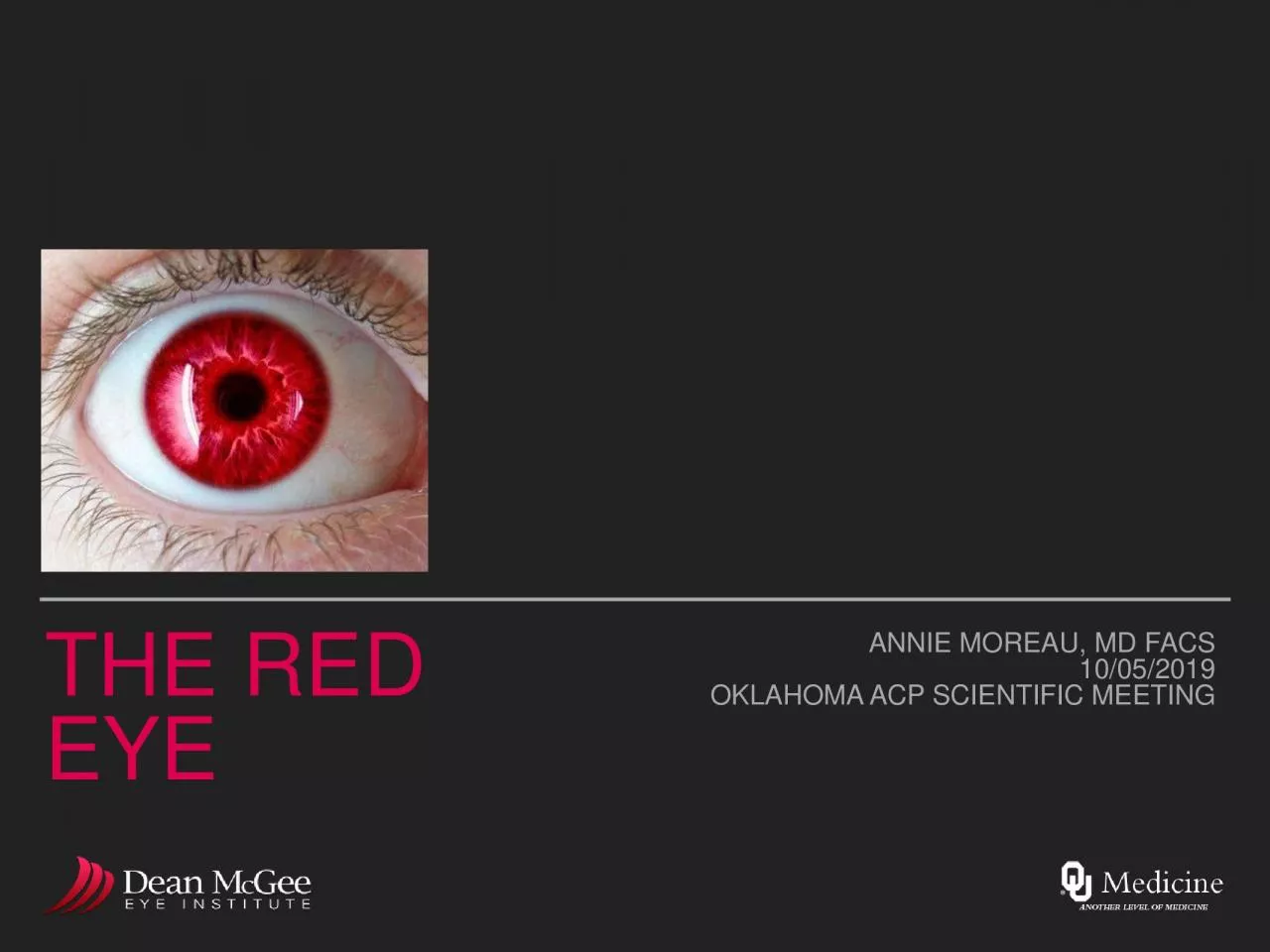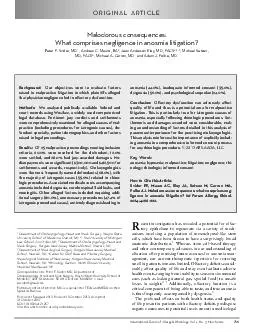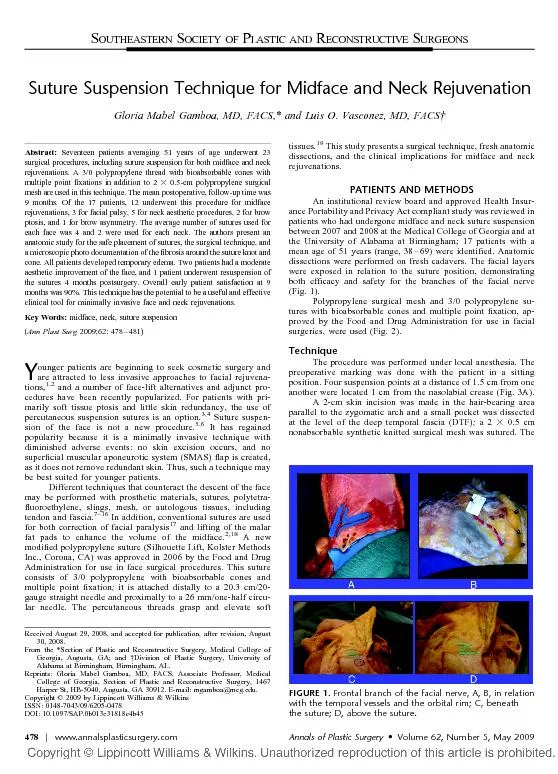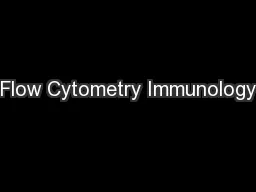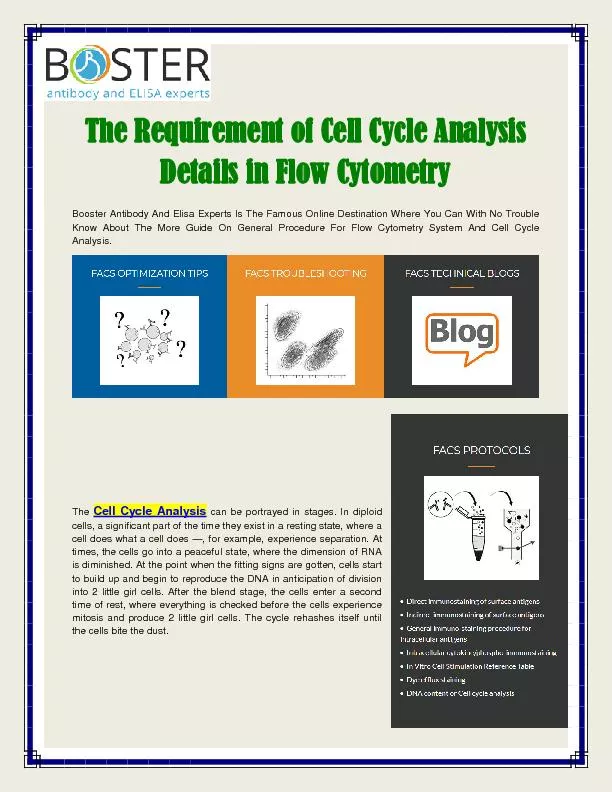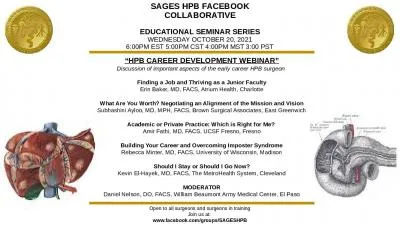PDF-ANNIE MOREAU MD FACS
Author : hadly | Published Date : 2022-09-08
THE RED EYE 10052019 OKLAHOMA ACP SCIENTIFIC MEETING WHO AM I ANNIE MOREAU MD FACS French Canadian Med School OU Residency in Ophthalmology DMEI Fellowship
Presentation Embed Code
Download Presentation
Download Presentation The PPT/PDF document "ANNIE MOREAU MD FACS" is the property of its rightful owner. Permission is granted to download and print the materials on this website for personal, non-commercial use only, and to display it on your personal computer provided you do not modify the materials and that you retain all copyright notices contained in the materials. By downloading content from our website, you accept the terms of this agreement.
ANNIE MOREAU MD FACS: Transcript
Download Rules Of Document
"ANNIE MOREAU MD FACS"The content belongs to its owner. You may download and print it for personal use, without modification, and keep all copyright notices. By downloading, you agree to these terms.
Related Documents

